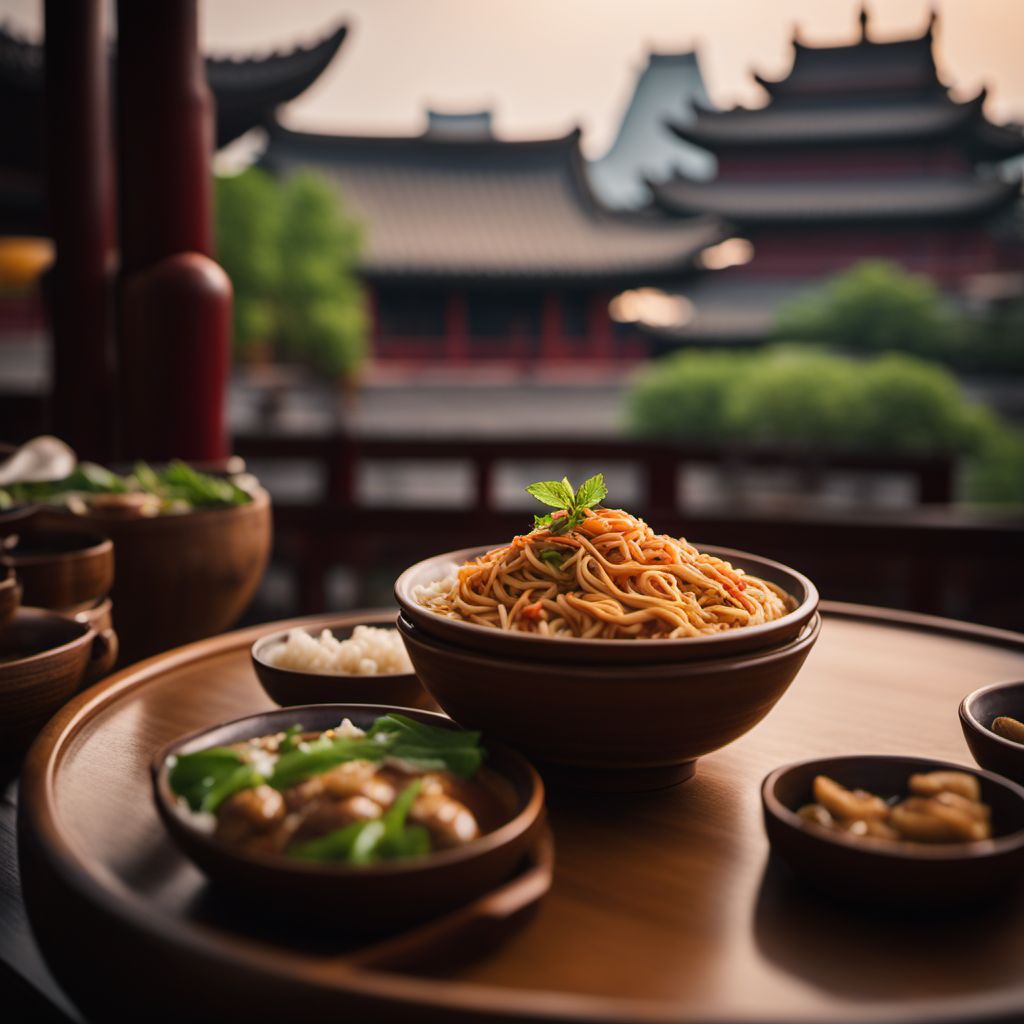
Cuisine
Chinese Buddhist cuisine
Chinese Buddhist cuisine is known for its use of fresh vegetables, tofu, and soy products. The cuisine is characterized by its light and delicate flavors, with an emphasis on balance and harmony in food. Chinese Buddhist cuisine is also known for its use of specific cooking techniques, such as steaming and boiling.
Typical ingredients
Vegetables, Tofu, Soy products, Mushrooms, Seaweed, Rice, Noodles, Herbs, Spices
Presentation and garnishing
Chinese Buddhist cuisine is often presented in a simple and elegant manner, with an emphasis on the natural flavors of the ingredients. Garnishes may include fresh herbs and edible flowers.
Chinese Buddhist cuisine is also known for its use of specific ingredients and cooking techniques that are unique to the cuisine.
More cuisines from this region...
History
Chinese Buddhist cuisine has a long history dating back to ancient times. The cuisine has been influenced by Buddhist beliefs and practices, as well as regional ingredients and cooking techniques.
Cultural significance
Chinese Buddhist cuisine is an important part of Chinese culture and is often served at Buddhist temples and ceremonies. The cuisine is also popular among health-conscious individuals who follow a vegetarian diet.
Health benefits and considerations
Chinese Buddhist cuisine is known for its health benefits, including its use of fresh vegetables and vegetarian ingredients. However, some dishes may be high in sodium and fat.
Chinese Buddhist cuisine recipes Browse all »

Chinese Buddhist Baba au Rhum
Enlightened Rum-infused Sweet Delight
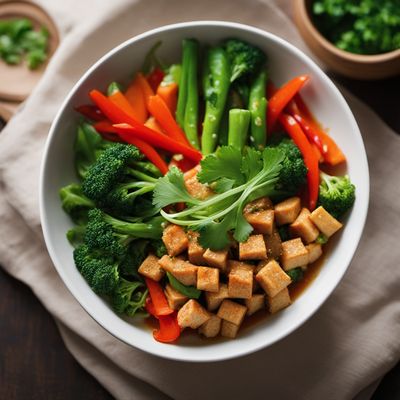
Ñachi Stir-Fry
Buddhist Bliss Stir-Fry: A Fusion of Ecuadorian Ñachi and Chinese Buddhist Cuisine

Chinese Buddhist Tortilla de Rescoldo
Zen-inspired Rescoldo Tortilla: A Chinese Buddhist Twist on a Traditional Argentinian Dish
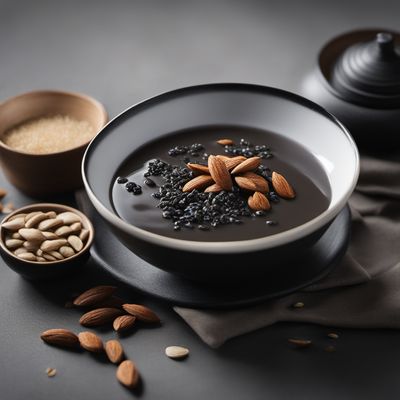
Black Sesame and Almond Soup
Velvety Nutty Delight: Black Sesame and Almond Soup

Chinese Buddhist Steamed Buns
Zenful Steamed Buns: A Delightful Chinese Buddhist Culinary Journey
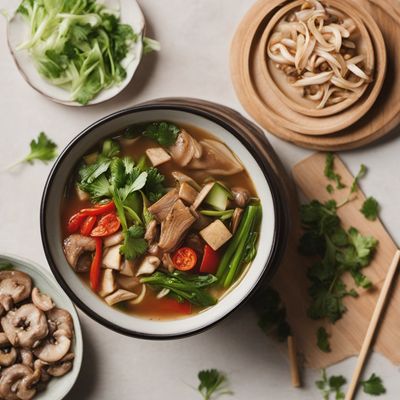
Chinese Buddhist Sour Soup
Enlightening Tofu and Vegetable Sour Soup

Chinese Buddhist Miang Kham
Enlightened Leaf Wraps: Chinese Buddhist Miang Kham

Fuži with White Istarski Truffle
Truffle-infused Noodle Delight: A Chinese Buddhist Twist on Croatian Cuisine

Chinese Buddhist Style Nutty Pancakes
Zen Pancakes: A Nutty Delight from the East
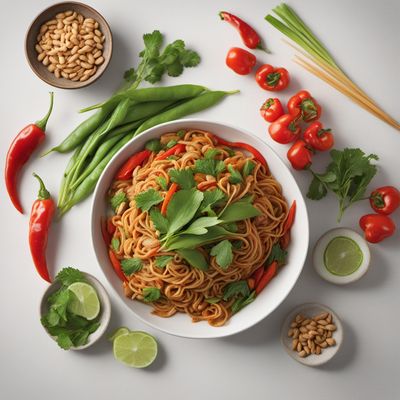
Peanut Noodle Stir-Fry
Wok-tossed Peanut Noodles: A Chinese Buddhist Delight

Chongos Zamoranos with a Chinese Twist
Silken Tofu Chongos: A Fusion of Mexican and Chinese Buddhist Delights

Chinese Buddhist Poparena Salad
Zen Garden Salad: A Harmonious Blend of Flavors and Textures